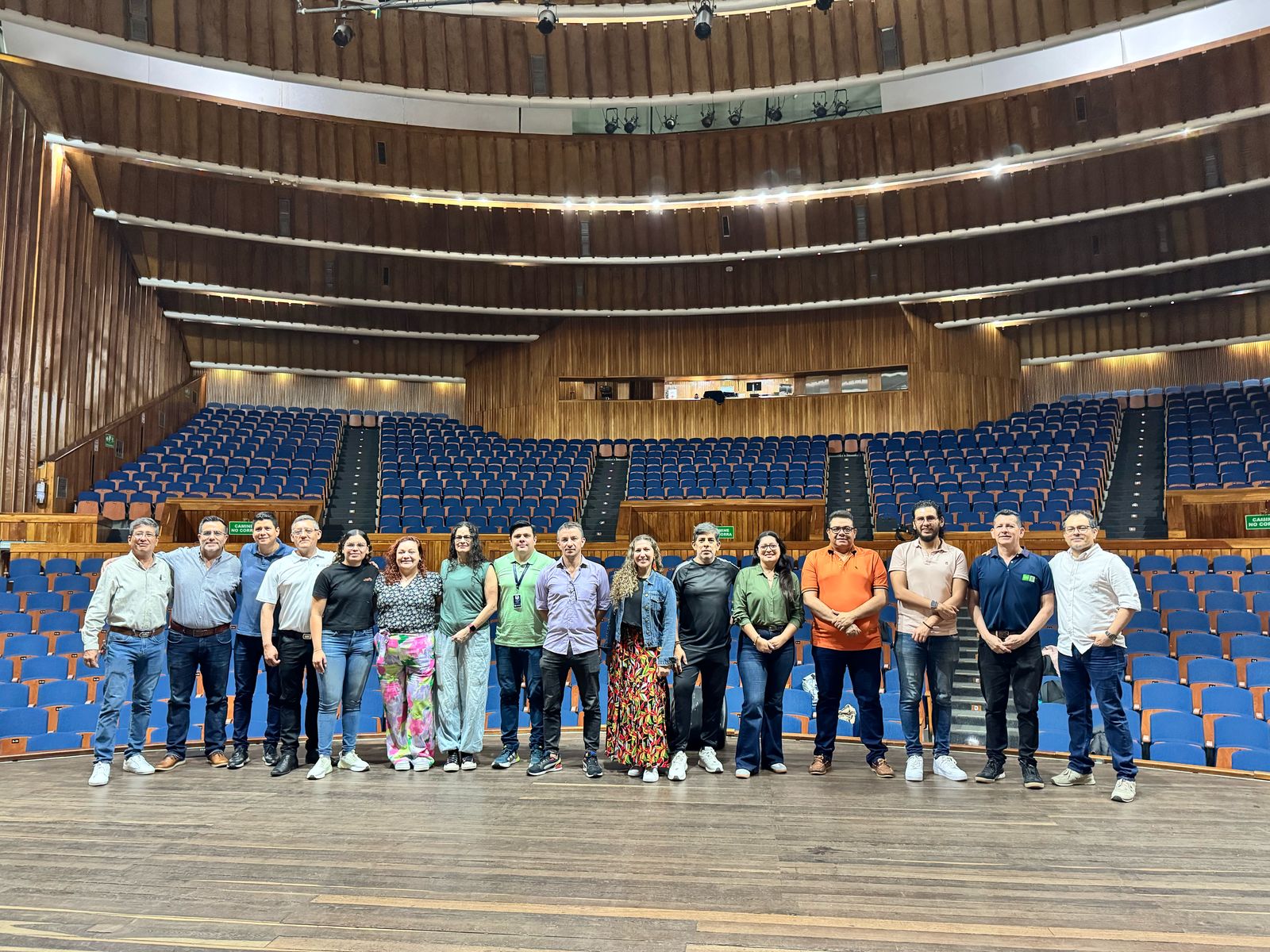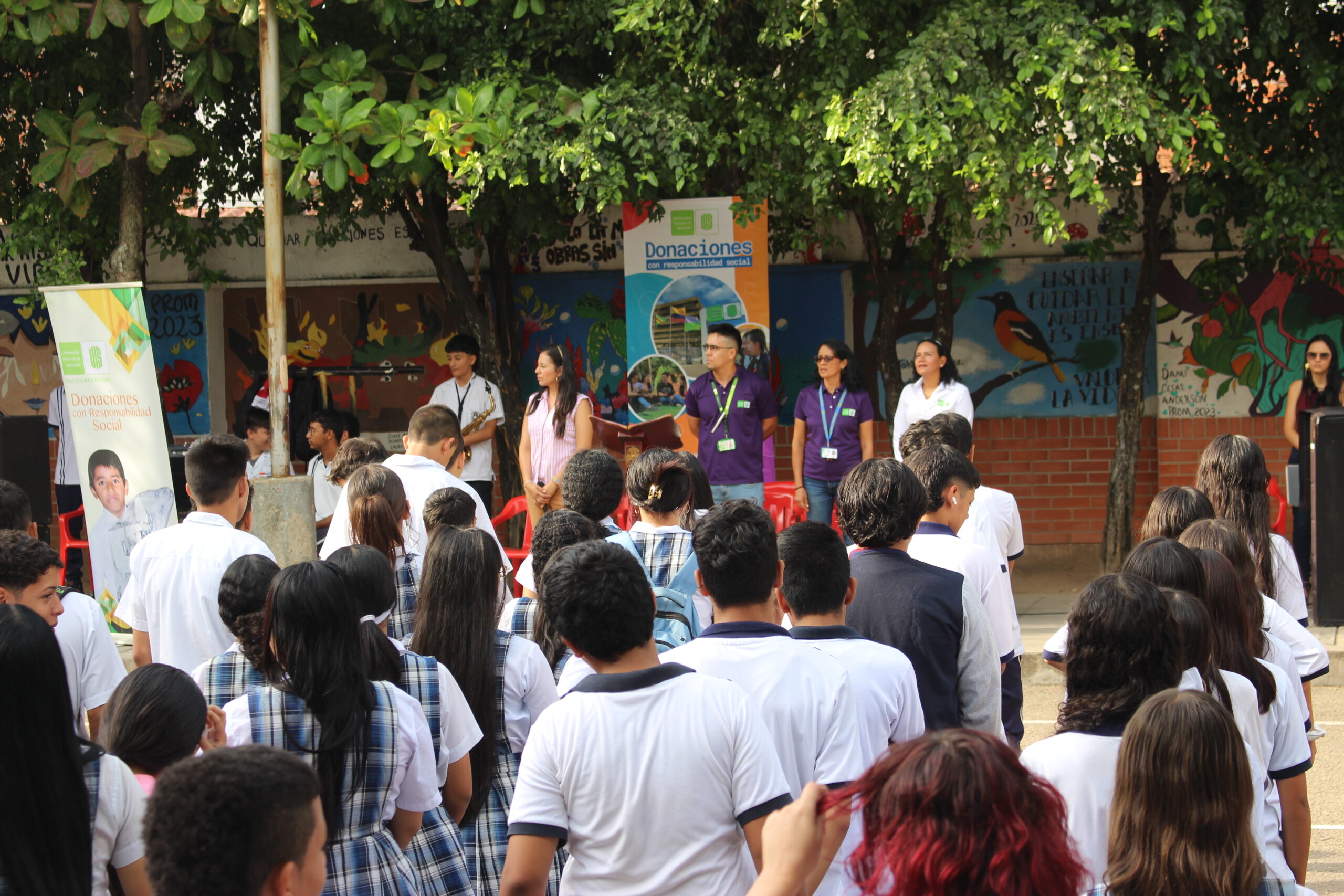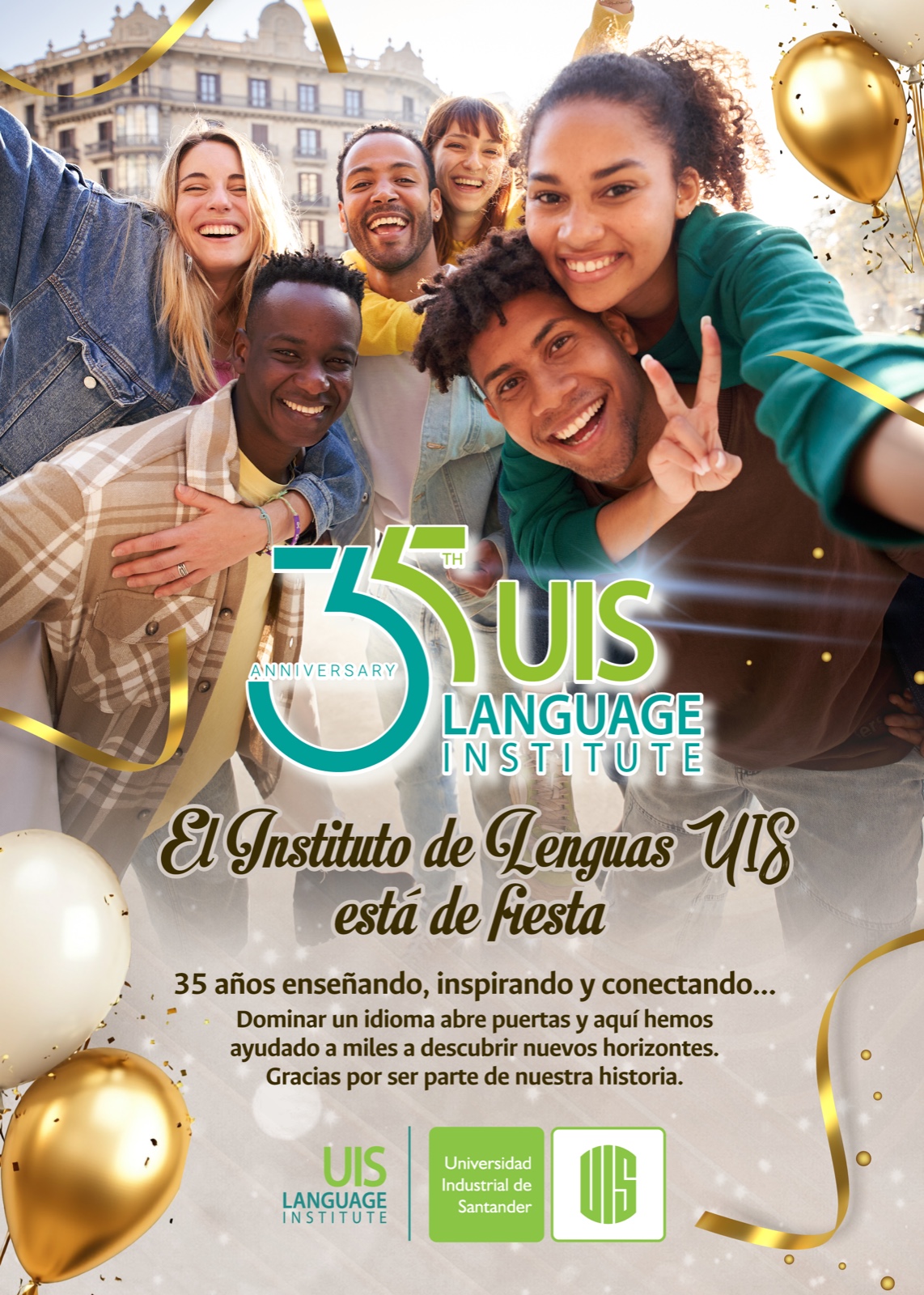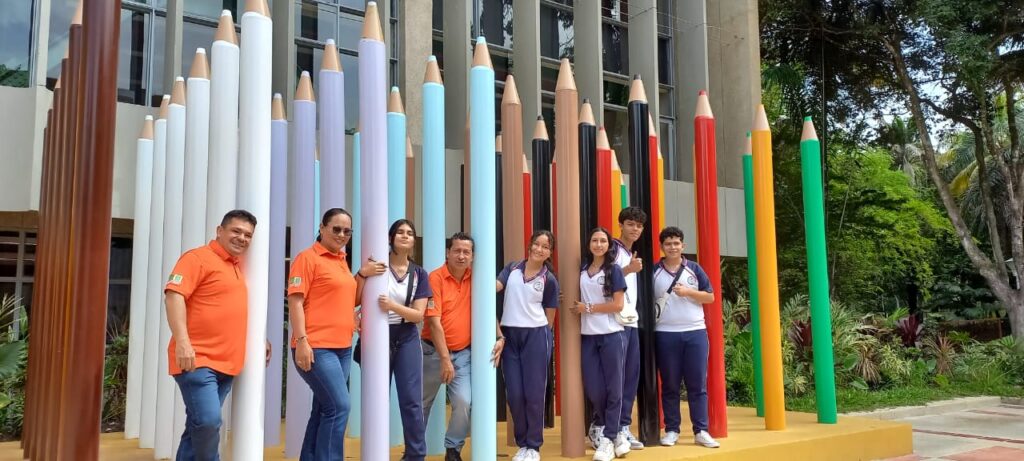
Last Saturday, October 26, the Mathematics Education Group EDUMAT – UIS held the XXIV Meeting of Mathematical Calendar Students, an event that brought together young people from the eighth and ninth grades of various educational institutions in municipalities such as Bucaramanga, Floridablanca, Girón, Playón, Florián, San Vicente and Puerto Parra, among others.
This meeting became a space for exchange and learning, where students shared their experiences and discussed different strategies to solve problems in Recreational Mathematics. The participants had the opportunity to present different methodologies they use in their classrooms, which enriched the dialogue and fostered the development of mathematical skills.
The young people who attended the event are part of the “Math Calendar” project, which proposes a daily math problem, thus promoting a dynamic and continuous approach in the learning of this discipline. Each month, the problems are designed in collaboration with the Colombia Aprendiendo Group, based in Bogota.
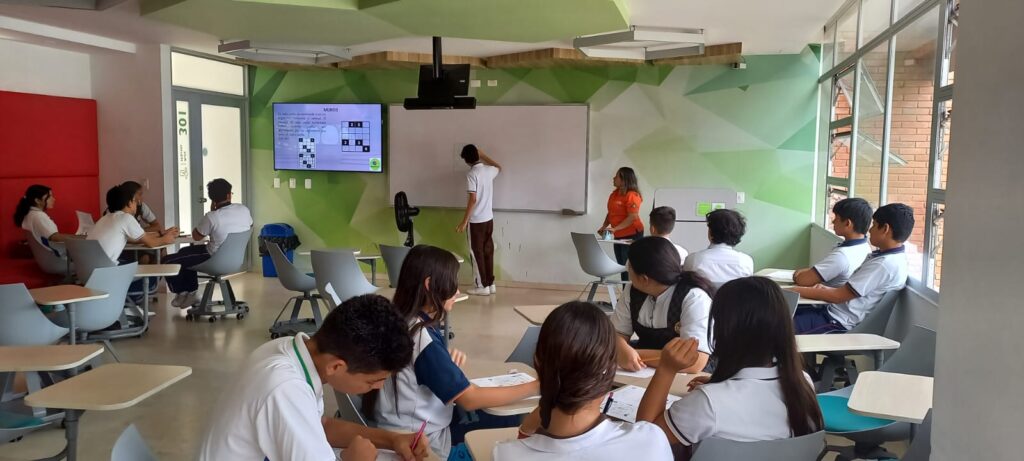
Professor Daniel Moreno Caicedo, Coordinator of the Recreational Mathematics subgroup, highlighted the importance of these spaces: “These meetings allow the dissemination of the extension programs of the Universidad Industrial de Santander (UIS); likewise, as a group, it allows us to grow in the strengthening of mathematical competencies to provide support to teachers in schools in departments such as Santander, Cesar and Norte de Santander”.
The XXIV Meeting of Mathematical Calendar Students not only reaffirms the commitment of EDUMAT UIS with mathematics education, but also enhances collaboration between institutions and the educational community in general, contributing to the development of a comprehensive training in young people.

